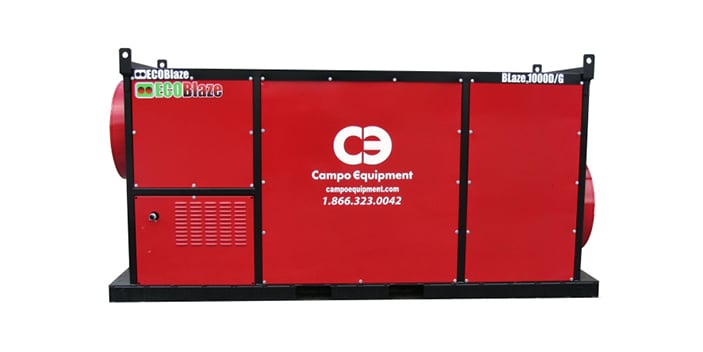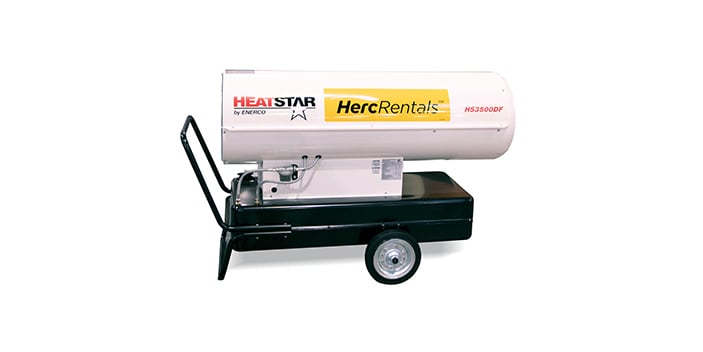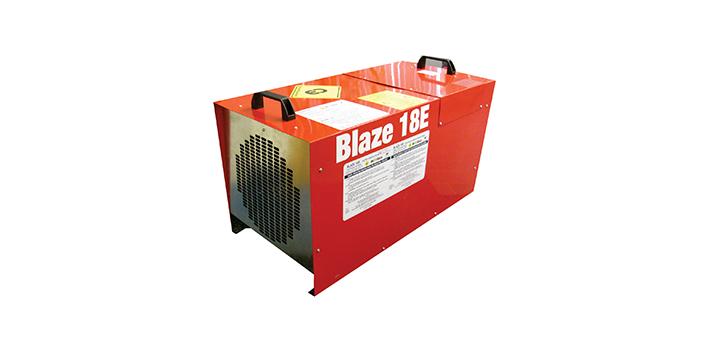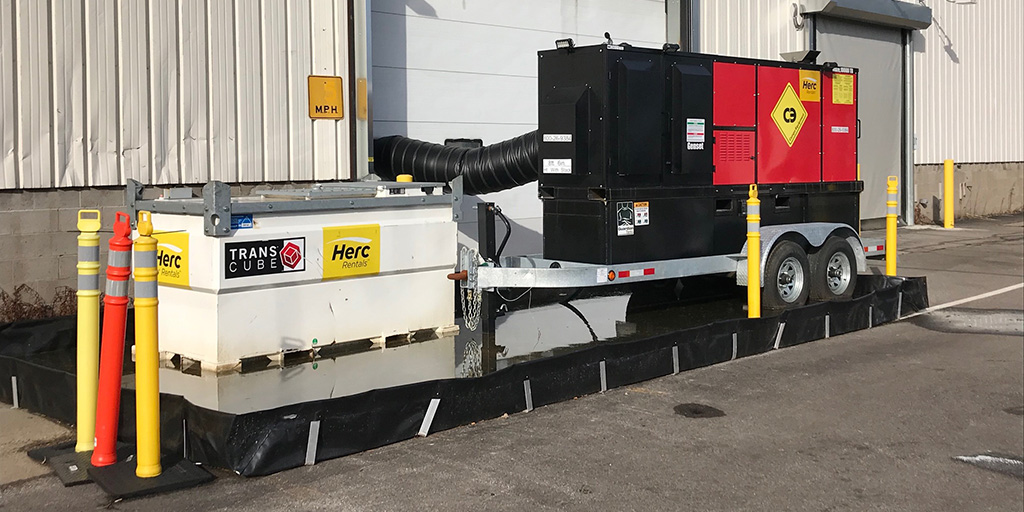Request Solutions Now
Temporary Heater Rentals
We can help with everything you need for temporary heat, including heater rental, installation, fuel supply, and removal. We offer a wide variety of electric, direct fired, indirect fired, and specialty heaters that can be used for many applications and industries. We’ll work with you to find the heater that’s right for the job.
Portable Heater Options for Temporary Heat

Indirect fired heaters provide clean warm air in areas that are tightly insulated, such as your occupied office. They require ducting to either remove the harmful exhaust or bring in the clean warm air.

Direct fired heaters are used in open areas like construction sites and loading docks. Direct fired heaters are the most efficient type of temporary heat but cannot be used in enclosed areas.

Electric heaters can be used nearly anywhere you desire, provided you have the power. We offer units that operate on 208V, 220V, 240V, and 480V. Specify 1 Phase or 3 Phase.
Some more types of temporary heaters we offer include:
Everything from Installation to Fuel Supply
Herc Rentals can help with everything you need for portable heat.
- Installation and Removal of Heaters
- Propane Supply Partners
- Diesel Duel
- Fuel Container Rentals
Temporary Heat Applications
We commonly service the following types of businesses and industries when their heaters break down or a job site needs heat.
- Schools, Universities & Colleges
- Hospitals & Retirement Homes
- Data Centers
- Construction Sites
- Oil Refineries
- Military
- Disaster Relief
- Mechanic & Repair Areas
- Hospitality
- Movie/TV Industry
- Warehouses
Our service area is wide and includes all of North America. When the cold weather passes, be sure to ask about our temporary air conditioning rentals.
For more information about our temporary heater rentals, fill out our contact form or give us a call at 888-202-7658.
Heating Resources
 Back
Back


